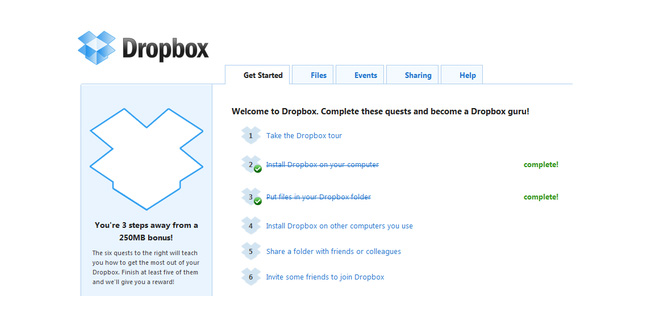Divide and Conquer
Understanding how your users interact with your website will provide valuable insights to help you further increase engagement. But before we begin the process of measurement and iterating, we can get a head start by applying some basic psychological principles from the outset of our user experience design. The Zeigarnik Effect, discovered in 1927 by the theory’s namesake, experimental psychologist Bluma Wulfovna Zeigarnik, demonstrated that people are more likely to remember tasks that have been interrupted or have otherwise been left incomplete. The reasoning is that by starting a task, a tension is created that can only be relieved by completing it. Her research showed that “when people are interrupted halfway through a task, they are twice as likely to remember that task, as opposed to other tasks which they complete uninterrupted.” With this in mind, let’s look at some ways that we can apply the Zeigarnik Effect to our user experience design to increase engagement. 


Tracking Completeness
Progress bars, task lists, or other completeness meters are an easy way to visualize how far along in the engagement process a user is. The steps to fill out a survey, form, user profile, or any other kind of data capture can be quantified and represented visually. The benefits of this are twofold -- one, the user can see exactly what steps they need to complete to confirm their time and effort commitment; and, two, it triggers the user’s motivation for achievement and completeness. Clearly displaying the remaining steps in a process can also help the user gather and keep any required external files open, such as their resume if they’re completing a LinkedIn profile, filling out a job application, or completing a purchase.
Product Ecosystem
Another common and extremely successful strategy that some companies use is to design and create a consistent user experience across their full line of products -- both online and off. This helps to create and reinforce habits -- interfaces, interactions, and integrations -- that can maximize each individual product’s usefulness as they function across the suite. Apple and Google have mastered this approach. Personally, I write on a MacBook, watch movies on an AppleTV, and make calls on an iPhone -- and can use any of the three to stream music wirelessly through my stereo system. Similarly, I can write my drafts in Google Docs, save them in Drive, and share them through Gmail.
Gamification
Games are often structured in levels -- that is, as you complete tasks or overcome challenges, you ascend to higher levels. This takes advantage of the Zeigarnik Effect by exploiting a user’s need for completeness. Designers can employ a similar approach by giving rewards to users who engage with their website or app. Badges, point accumulation, user titles, or other profile-based customizations (such as a larger avatar image) add a social dimension where users can compare their rank against others. This also takes advantage of a user’s need for external validation.







